The Wunderbar
I’m going to write about aerobars. Again. I’ve failed at this in the past, obviously, because bad aerobars keep getting made, spec’d, stocked by your LBS and used by your bike fitter. Maybe I’ve succeeded in writing about aerobars, it’s just that my thesis is wrong. Maybe what I think are good aerobars aren’t, and what I think are bad aerobars are perfectly fine.
But I don’t think so.
I’m going to identify the imperatives for an aerobar, at least as regards its adjustability. I feel I need a catchy name for a conforming aerobar (and, look, this is my goal here, moving forward: to tell you which aerobars to avoid and which are okay to use). The first name that came to mind is Superbar: I’m going to describe for you the Superbar. I’ll identify a list of Superbars you can trust. Bars you should use.
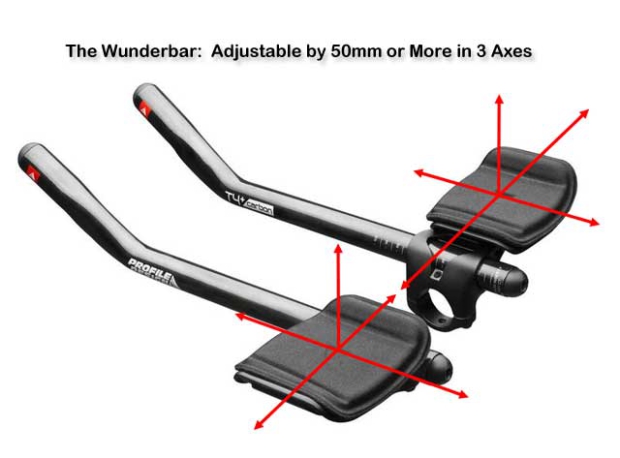
But that term Super is used too much. So, what ends with -bar? How about Escobar, for my favorite drug kingpin Pablo? Or, Abdul–Jabbar (my favorite center). Threeguyswalkintoabar (too long). Akhbar (too religious). Sissybar (this is actually bike-related, so could be confusing). Zanzibar (cool name, but not descriptive). Disbar (don’t sue me!).
And then my fertile but damaged brain went to Wunderbar. Yeah. That’s it. A Wunderbar can either be a standalone aerobar that mounts to a bike, or it can be an integrated bar that’s part of a Superbike (for example, the bars that Felt and Trek make for their tri bikes). What qualifies?
50mm Minimum Adjustable in 3 Axes
There are 3 ways the armrest adjusts: fore/aft; width; and height. In my opinion, the very minimum for each axis is 50mm. The aerobars that fail this test most often fail it in fore/aft. The one that immediately comes to mind is the integrated aerobar on the Scott Plasma Premium, which has an integrated (unchangeable) stem and the only fore/aft adjustment is by moving the pad to one forward or one rearward holeset on the armrest cradle. That was last year’s model. There may be a change in this bike that I’m not aware of and if so I’ll amend this in a future installment.
The bike that did the worst job in height adjustment was the Giant Trinity Advanced Pro, with only 30mm of pad height from lowest to tallest. But Giant fixed this for 2018, which solved a real achilles heel with that bike.
The aerobars most notorious for a lack of acceptable pad width were the 3T bars spec’d original equipment on last year’s P3.
Profile Design’s Supersonic is a Wunderbar. It’s got 80mm of height adjustment, 52mm of fore/aft, and at least 90mm of pad width. What I mean by pad width is the distance between the pads, center-to-center, and the range is the narrowest to the widest. When I talk about width-adjustability I’m saying exclusive of moving the clip-ons further away from the stem – just the adjustability built into the bar.
One- or Two-Bolt, Armrest-Decoupled Extension Adjustment
Not everybody agrees with me on this, but I feel that extensions on today’s aerobars ought to adjust very easily, and by loosening 1 bolt only, or 2 bolts max. Further, the pads are best affixed to their own clamps, not to the extensions. Optimal is to adjust the clamps without affecting the extensions and vice versa. Best in class is Profile Design, though there’s a new FSA bar not yet to market that does this very nicely (and which I’ll write about soon).
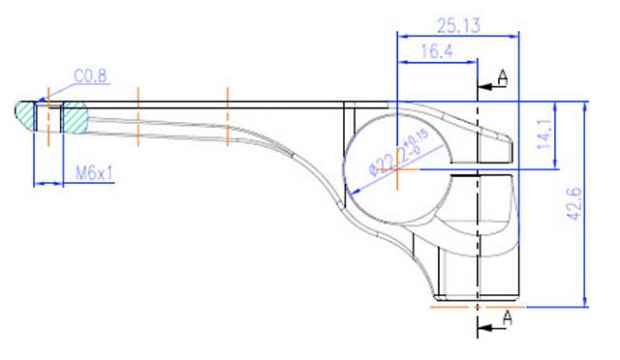
The sizzle in these systems is typically found in the brackets, such as this one above, the new bracket in PD’s new price point Sonic.
10mm and 15mm Maximum step in Adjustment
Aerobar pads should adjust fore/aft in steps that are no more than 15mm apart, which likely means holes in the armrest cradle that are 15mm apart or closer. Better if they’re 10mm. Some of these aerobars have 25mm steps and that’s too much.
240mm or Greater Pad-to-Pad Width
Along with at least 50mm in width range, from narrowest to widest (and 80mm or more is better), the max width, center-to-center, should be 240mm or greater. I can easily get 260mm on the Profile Supersonics on my bike. Contrast this to the conundrum of a Slowtwitcher on our Reader Forum, complaining about the inability to get his elbows wide enough on his BMC TM01 when using the V front end. This just shouldn’t be.
Implications For Your Local Stakeholders
What we need are simply these:
1. Frames that handle well, and that are wisely designed and scaled as they get bigger and smaller throughout the size run.
2. Aerobar systems that allow the rider to fit aboard these frames, accommodating shoulder width, and morphological differences (long torso, or long legs), hence nailing down the imperatives of an aerobar.
3. It’s not enough that the bars exist; they must be locally available.
I’ve visited around 50 retail stores over the last couple years, doing guest fittings, and here’s where the system breaks down: I finish a fit session aboard a fit bike that will cost your LBS between $10,000 and $40,000, with the prescription that optimizes the fit, and the shop or the fitter fails to have a conforming aerobar in stock. They have bars from last year, or the year before, and consider themselves stocked. No. That's penny wise and pound foolish, after all the money spent on fit tools and education.
We’re not talking shoes here, where you need to stock size 36 to 48 in 8 models, plus depth in the fat part of the range. We’re talking – in the case of Profile Design, overwhelmingly 1 model, which comes in 1 size, and at the most a half-dozen models, again each of which coming in only 1 size (then perhaps a few extras as backups).
I’ll write in a near-future installments describing other Wunderbars. (If I don’t write about it, it’s probably not a Wunderbar.) This is your reasonable expectation as a user, that you have these bars available to you; that your fitter stocks it; that you and he or she can easily identify the bar you need. They don't need to be Profile Design; they could be FSA or Zipp or other. But they must be Wunderbars.


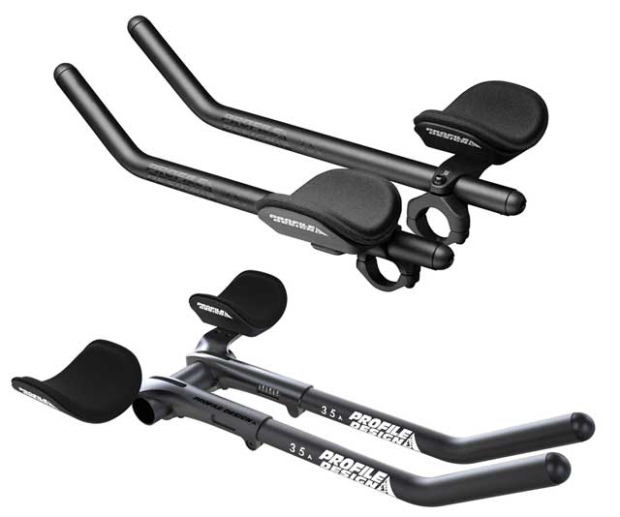
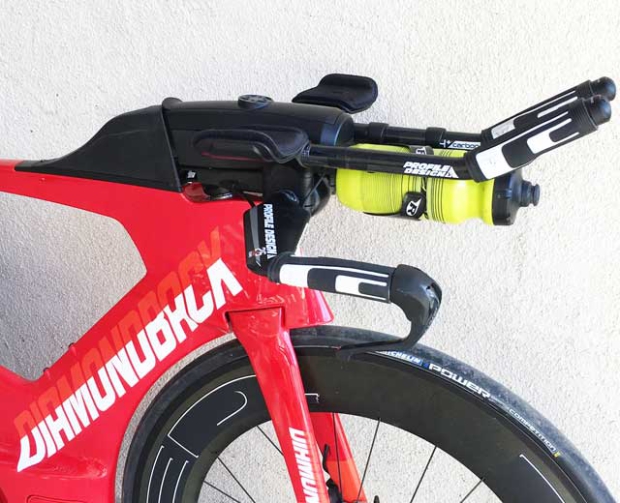
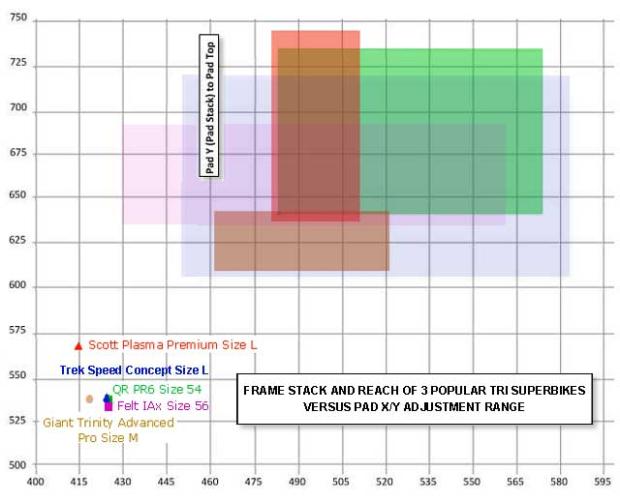
Start the discussion at slowtwitch.northend.network